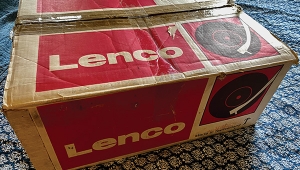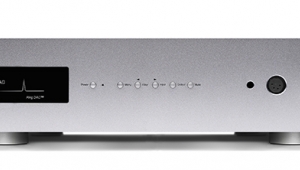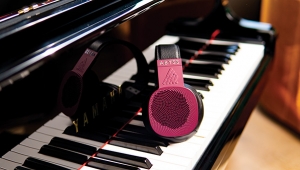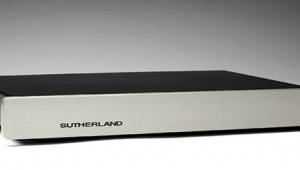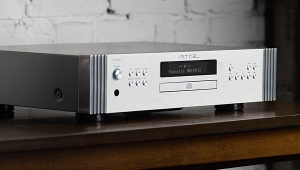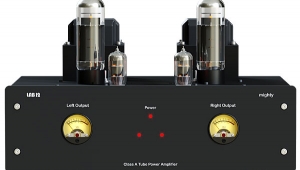| Columns Retired Columns & Blogs |
Am I right to think that moving iron and moving magnet are just different names for the same type of cartridge (as opposed to moving coil)? If not, what practical differences are there between mm and mi cartridges - especially in the phono stage and settings thereof?
Many thanks.








